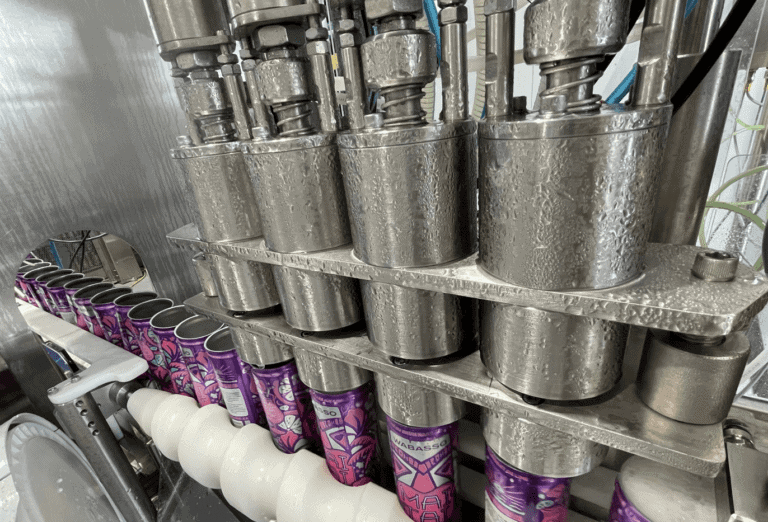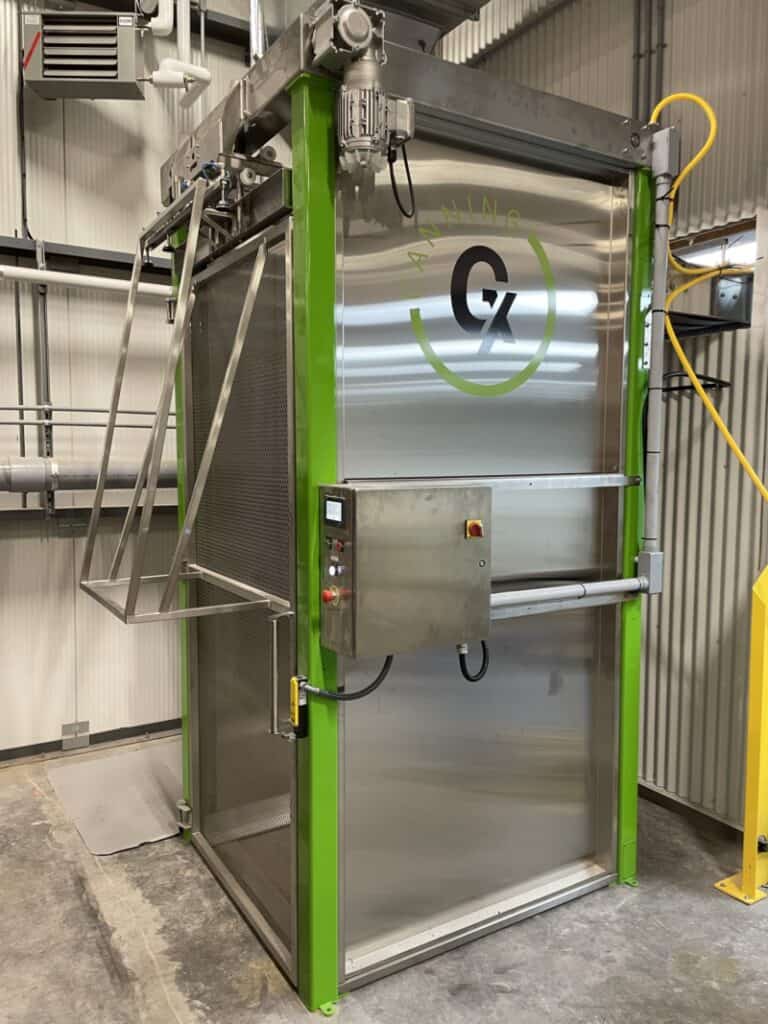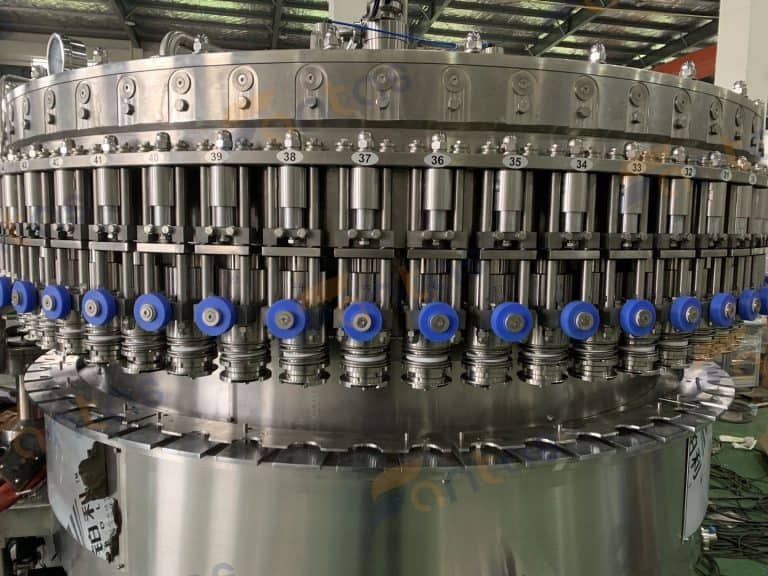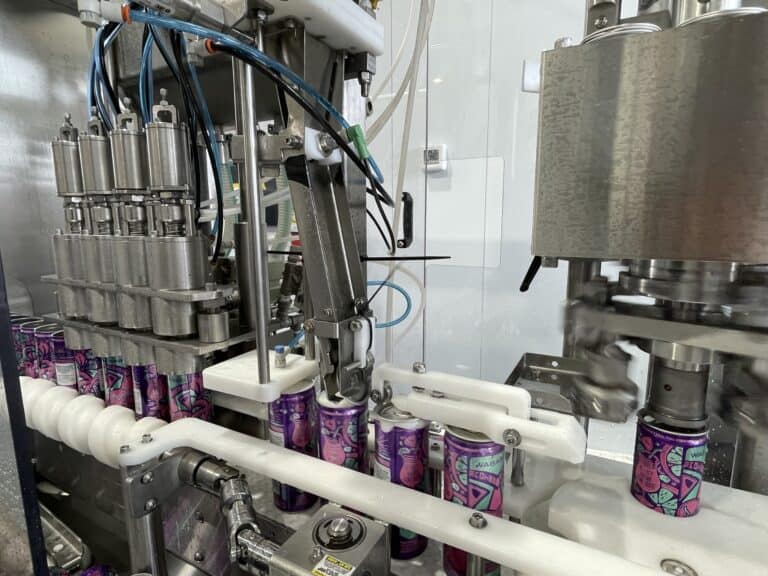Canning Beer: The Art and Science of Perfect Preservation
Introduction to Beer Canning
Beer canning has evolved over the years, transforming from a mere preservation method to an art form. The process, deeply rooted in science, ensures that the integrity, flavor, and freshness of the beer are maintained. As we delve into the intricacies of canning beer, it’s essential to understand the pivotal role each step plays in achieving the perfect brew.
The Historical Context of Canning
Canning, as a preservation method, dates back to the 19th century. While initially used for foods, the technique was soon adopted for beverages, including beer. The primary objective was to extend the shelf life of products, ensuring they remained fresh and safe for consumption.
Why Canning Over Bottling?
While bottling has its merits, canning offers several distinct advantages:
- Protection from Light: Cans effectively block out light, preventing the beer from getting “skunky” or light-struck.
- Seal Integrity: Cans provide an airtight seal, ensuring no oxygen seeps in, which can adversely affect the beer’s taste.
- Portability: Cans are lighter and more durable than bottles, making them perfect for outdoor activities.
The Science Behind Beer Canning
The canning process is a delicate balance of science and art. Here’s a step-by-step breakdown:
- Sanitization: Before filling, cans are sanitized to eliminate any contaminants. This step is crucial to prevent spoilage and ensure the beer’s longevity.
- Filling: The beer is poured into cans, leaving minimal headspace. This reduces the amount of oxygen in the can, preserving the beer’s flavor.
- Seaming: Once filled, cans are immediately sealed using a can seamer. This machine ensures the lid is tightly affixed, creating an airtight seal.
- Pasteurization: To kill any remaining microorganisms, the cans undergo pasteurization. This involves heating the beer to a specific temperature for a set duration.
Quality Control in Beer Canning
Ensuring the highest quality is paramount. Breweries often employ the following measures:
- Oxygen Testing: Oxygen can degrade beer quality. Breweries routinely test oxygen levels to ensure they’re within acceptable limits.
- Seam Inspection: The integrity of the can’s seam is vital. Regular inspections ensure there are no leaks or defects.
- Taste Tests: Periodic taste tests ensure the beer’s flavor profile remains consistent and up to the mark.
How Is The Shelf Life Of Canned Liquids Determined, And What Factors Affect It?
Environmental Benefits of Canning
Canning is not just beneficial for the beer but also for the environment:
- Recyclability: Aluminum cans are 100% recyclable, reducing the carbon footprint.
- Energy Efficiency: Recycling aluminum cans consume 95% less energy than producing new ones.
Conclusion: Embracing the Future of Beer Preservation
Canning beer is a testament to how tradition and innovation can coexist. As breweries worldwide continue to embrace this method, beer enthusiasts can look forward to savoring their favorite brews in their freshest form.
Learn more about the Beer canning machinery :
- Beer Canning Machine: Boosting Efficiency and Quality in Breweries
- Elevate Your Brewery with the Perfect Beer Canning Machine
- Choosing the Right Beer Canner: Factors to Consider
Shop for high-quality canning equipment
If you want to start a successful beverage enterprise, then acquiring the right machinery for the job is a must. At Geninox Canning, we are ready to provide you with the best manufacturing systems to get your beverage production company up and running. GX Canning is a division of Geninox.





